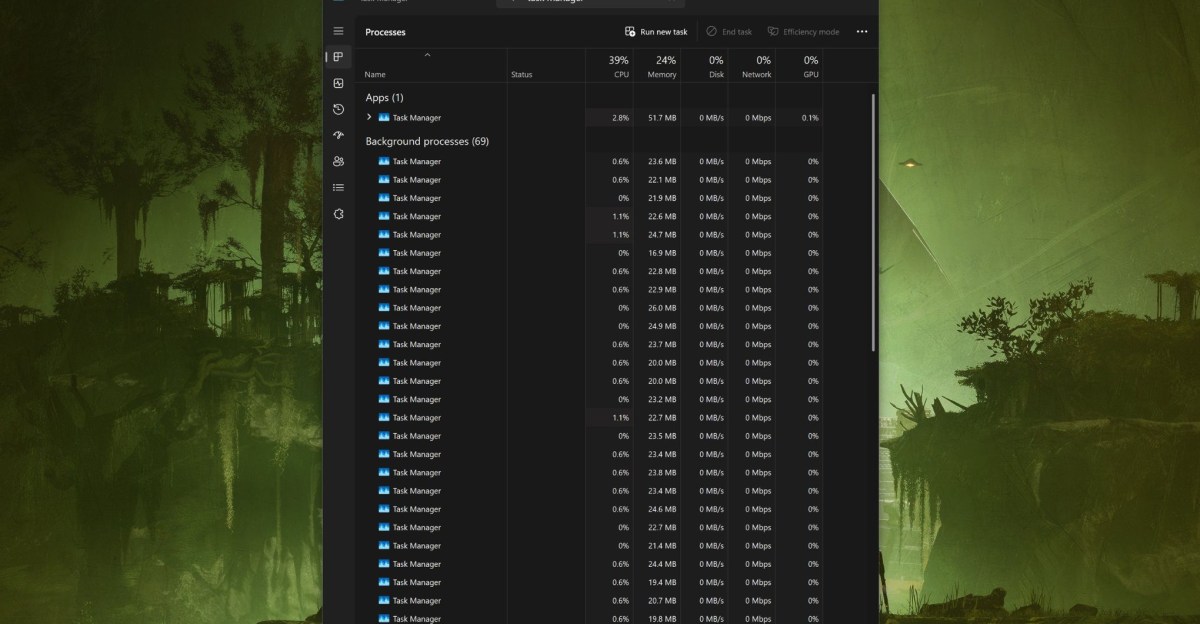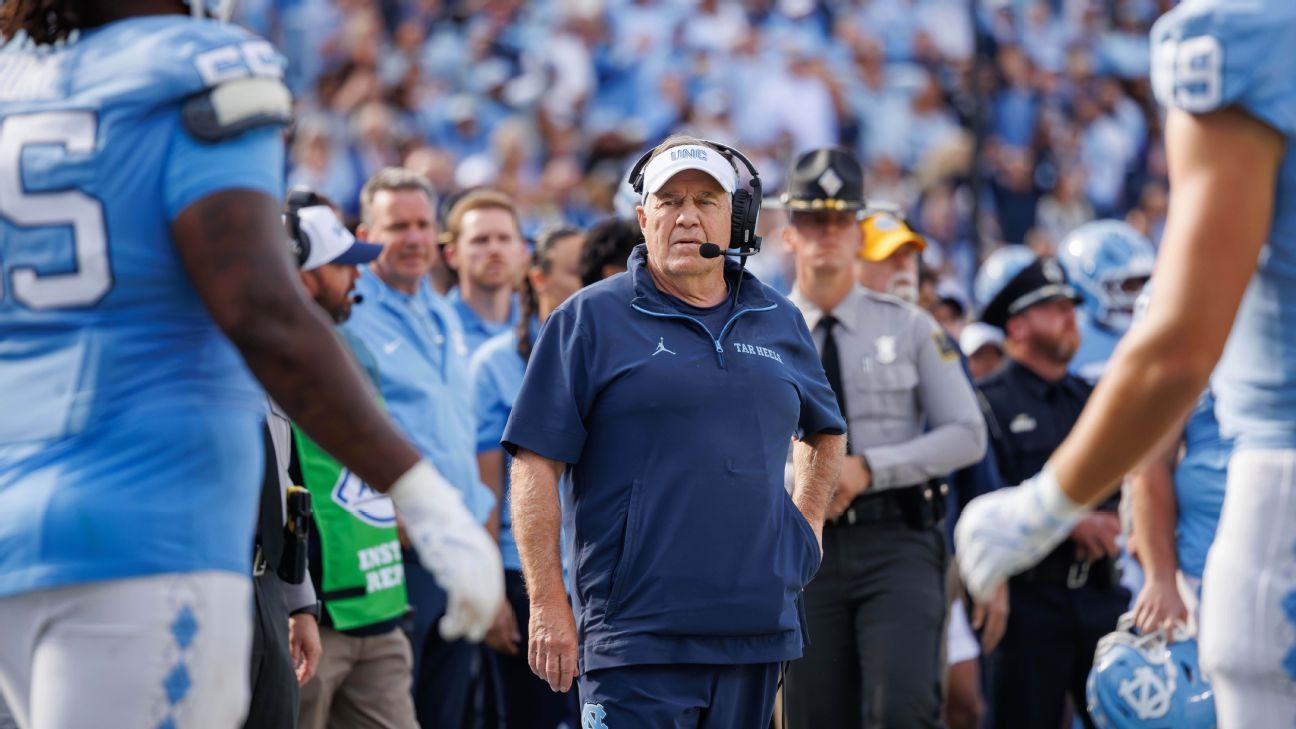
The NTIA decision not to give funds to states that enforce such rules “is essential to ensure that BEAD funds go where Congress intended—to build and operate networks in hard-to-serve areas—not to prop up regulatory experiments that drive investment away,” she said.
States are complying, Roth says
Roth indicated that at least some states are complying with the NTIA’s demands. These demands also include cutting red tape related to permits and access to utility poles and increasing the amount of matching dollars that ISPs themselves put into the projects. “In the coming weeks we will announce the approval of several state plans that incorporate these commitments,” she said. “We remain on track to approve the majority of state plans and get money out the door this year.”
Before Trump won the election, the Biden administration developed rules for BEAD and approved initial funding plans submitted by every state and territory. The Trump administration’s overhaul of the program rules has delayed the funding.
While the Biden NTIA pushed states to require specific prices for low-income plans, the Biden administration prohibited states “from explicitly or implicitly setting the LCSO [low-cost service option] rate” that ISPs must offer. Instead, ISPs get to choose what counts as “low-cost.”
The Trump administration also removed a preference for fiber projects, resulting in more money going to satellite providers—though not as much as SpaceX CEO Elon Musk has demanded. The changes imposed by the Trump NTIA have caused states to allocate less funding overall, leading to an ongoing dispute over what will happen to the $42 billion program’s leftover money.
Roth said the NTIA is “considering how states can use some of the BEAD savings—what has commonly been referred to as nondeployment money—on key outcomes like permitting reform,” but added that “no final decisions have been made.”
















Leave a Reply